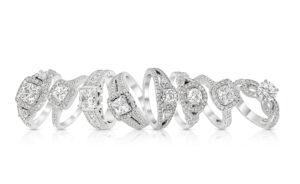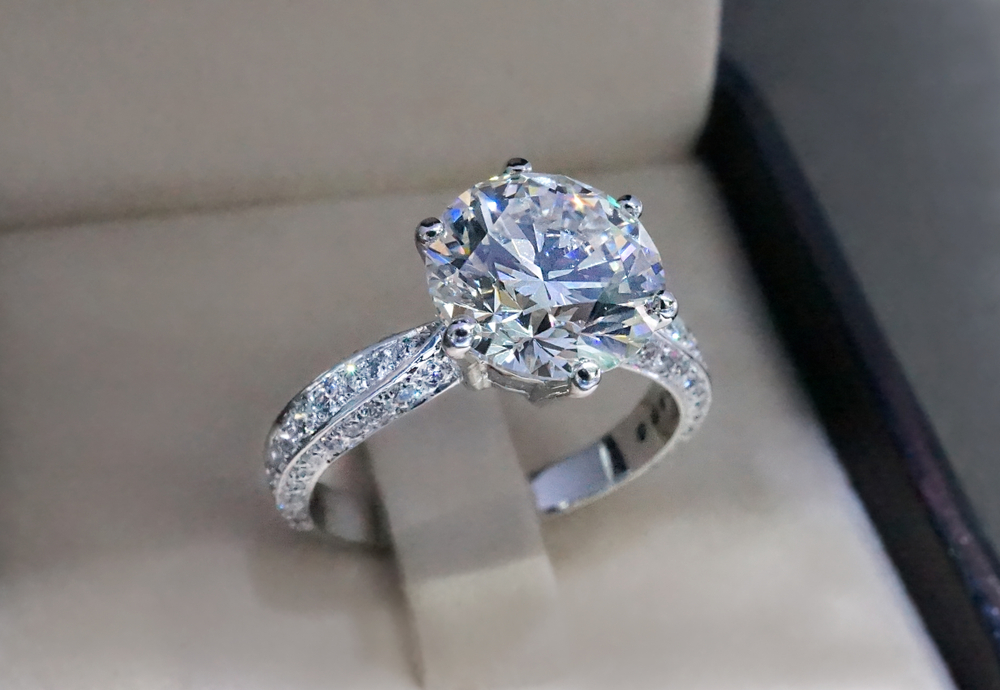
Many diamond jewelers and industry experts mistakenly describe the “discrepancies” between the two items when comparing natural diamonds and lab-created diamonds. The reality is that they’re practically identical, with the exception of origin and price.
Lab-grown diamonds are quickly becoming one of the popular choices for engagement rings among people all around the world. With the increasing popularity, a lot of myths are also surrounding lab diamonds.
Here are some of the common myths about lab-grown diamonds that you need to know.
Lab Diamonds Are Flawless
Lab-grown diamonds, like natural diamonds, aren’t ideal and frequently feature flaws such as blemishes, cracks, and chipping. And besides, although scientists can influence the conditions in which a diamond grows, they can’t control the entire creation or the intrinsic unpredictability that leads to flaws. However, the typical lab-grown diamond has fewer faults than mined diamonds, and the power to control the environment boosts the chances of producing higher-quality jewels.
Lab Diamonds Are Not Real Diamonds
The chemical, physical, and visual properties of lab-grown diamonds are identical to those of mined diamonds. Lab-grown variants are made from the seeds of actual diamonds using one of two methods: high-pressure high-temperature production or chemical vapor deposition, both of which induce carbon atoms in the seeds to condense and become diamonds (CVD).
Lab Diamonds Are The Only Ethical Diamonds
People acquire lab diamonds for a variety of reasons, one of which is because they are conflict-free. Blood diamonds are a problem for the mined diamond industry, as the jewels are mined in a conflict zone and sold to fuel unlawful military operations. The Kimberley Process, on the other hand, ensures that 99.8% of mined diamonds in the market these days are conflict-free. As a result, you don’t have to acquire a lab-grown diamond to assure that your stone hasn’t been used to fund conflicts.
Lab Diamonds Do Not Cause Environmental Problems

It would be wonderful if lab diamonds were completely environmentally friendly, but this isn’t the case. Unlike natural diamonds, which are created over billions of years by natural heat and pressure, lab diamond manufacturers consume enormous amounts of energy in just a few weeks. Nonetheless, they produce significantly fewer emissions of greenhouse gases overall, utilize far less water, and do not cause any land disturbance.
Lab Diamonds Are Cheaper
While lab diamonds are less expensive than natural diamonds, up to 50% less in some situations, that doesn’t mean they’re inexpensive. As of the most recent figures, a one-carat lab diamond costs $4,350 on average, with a 1.5-carat gem costing $7,275.
